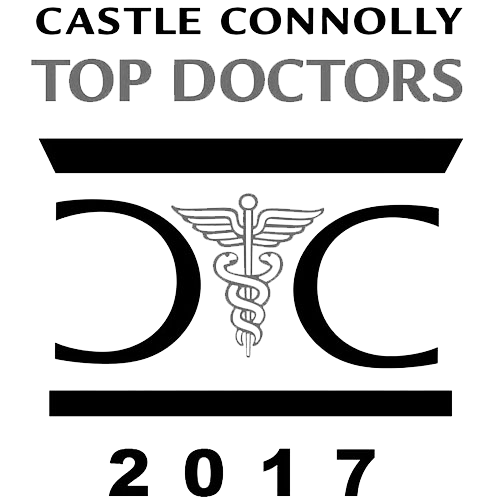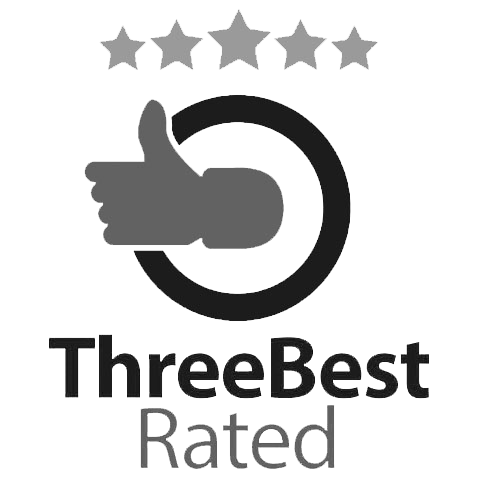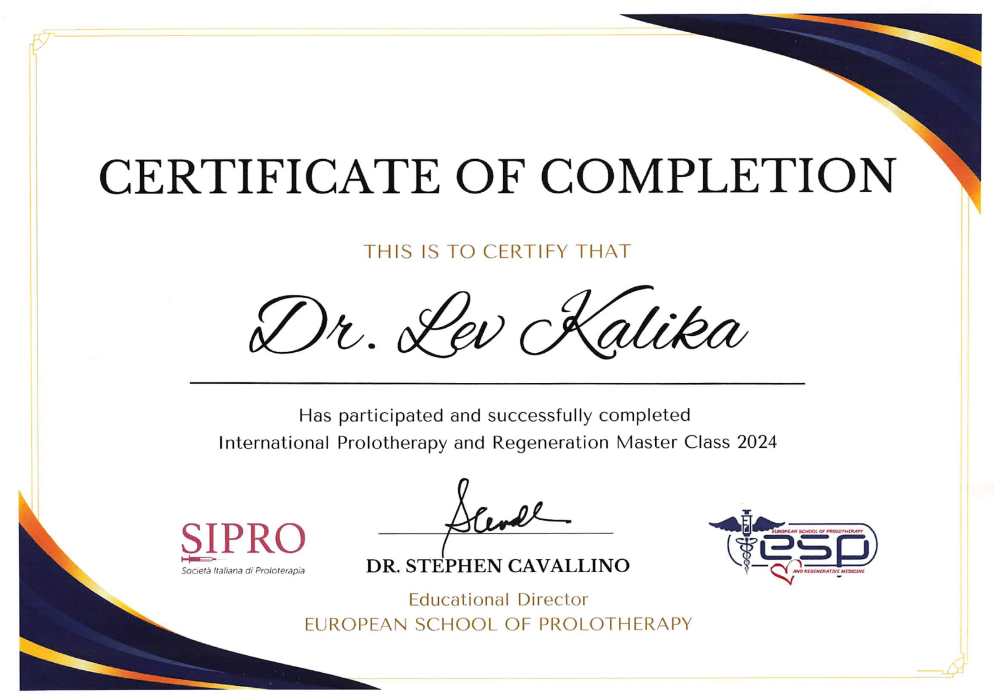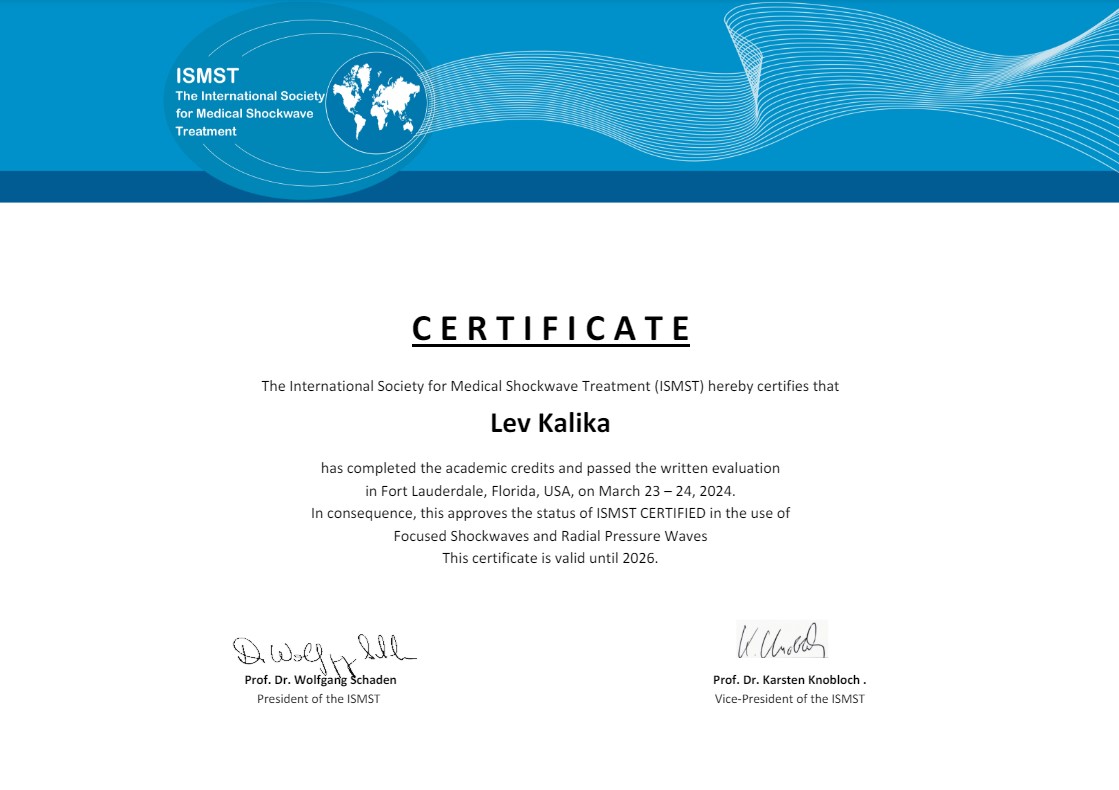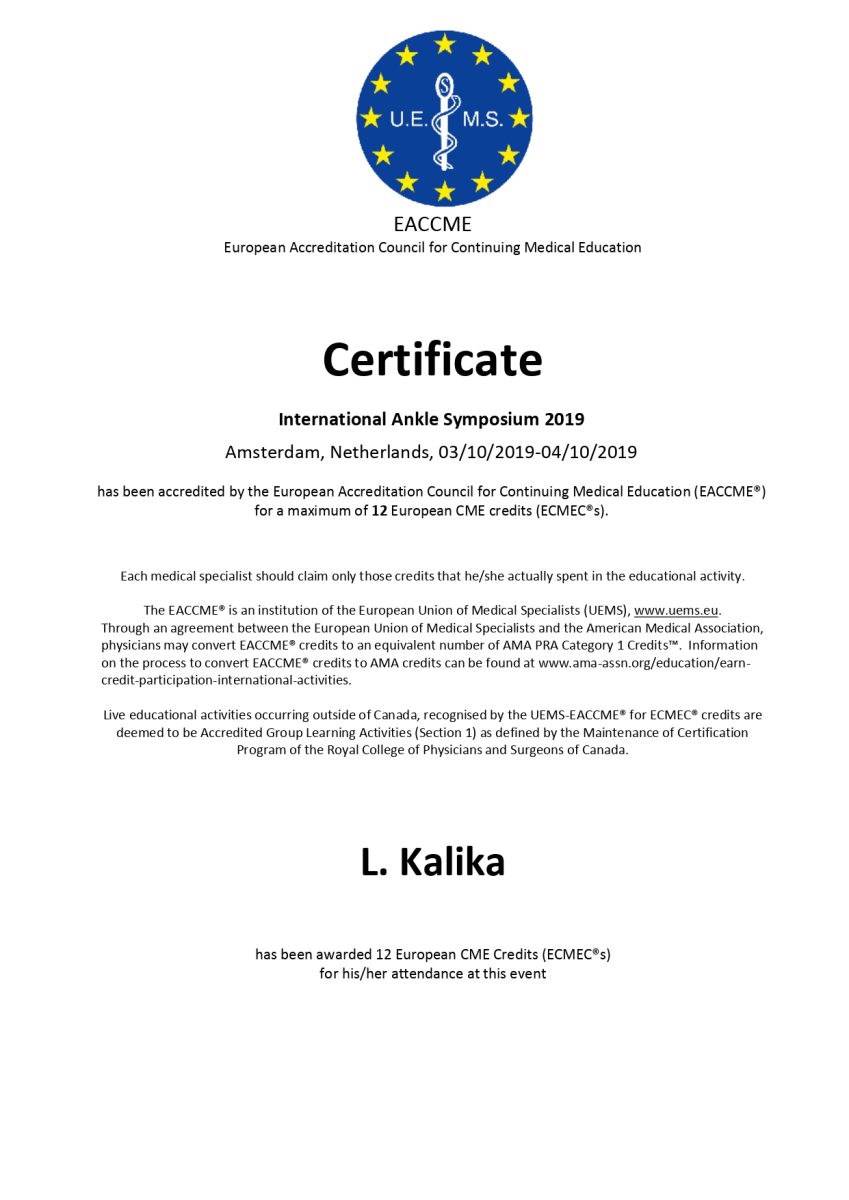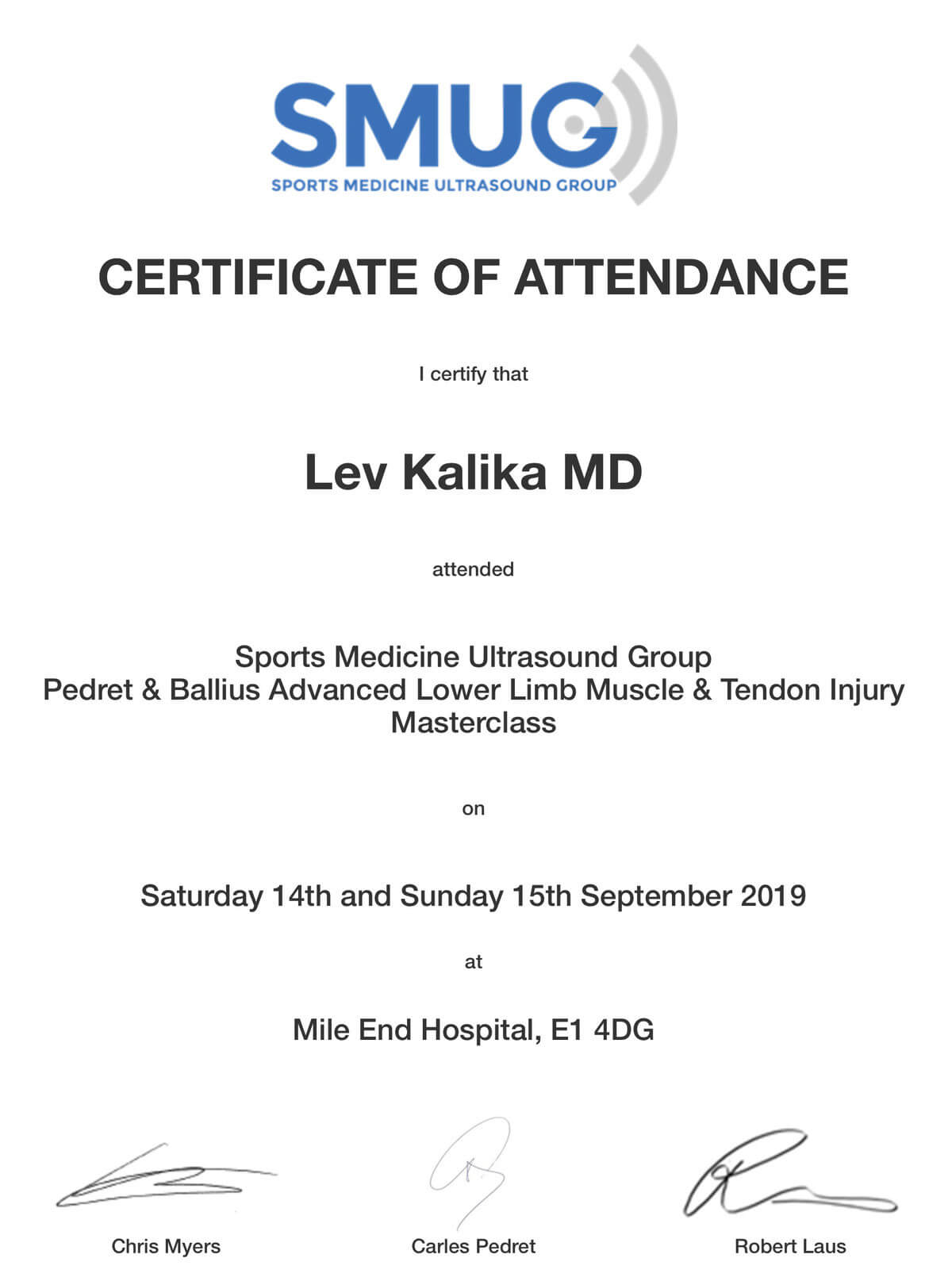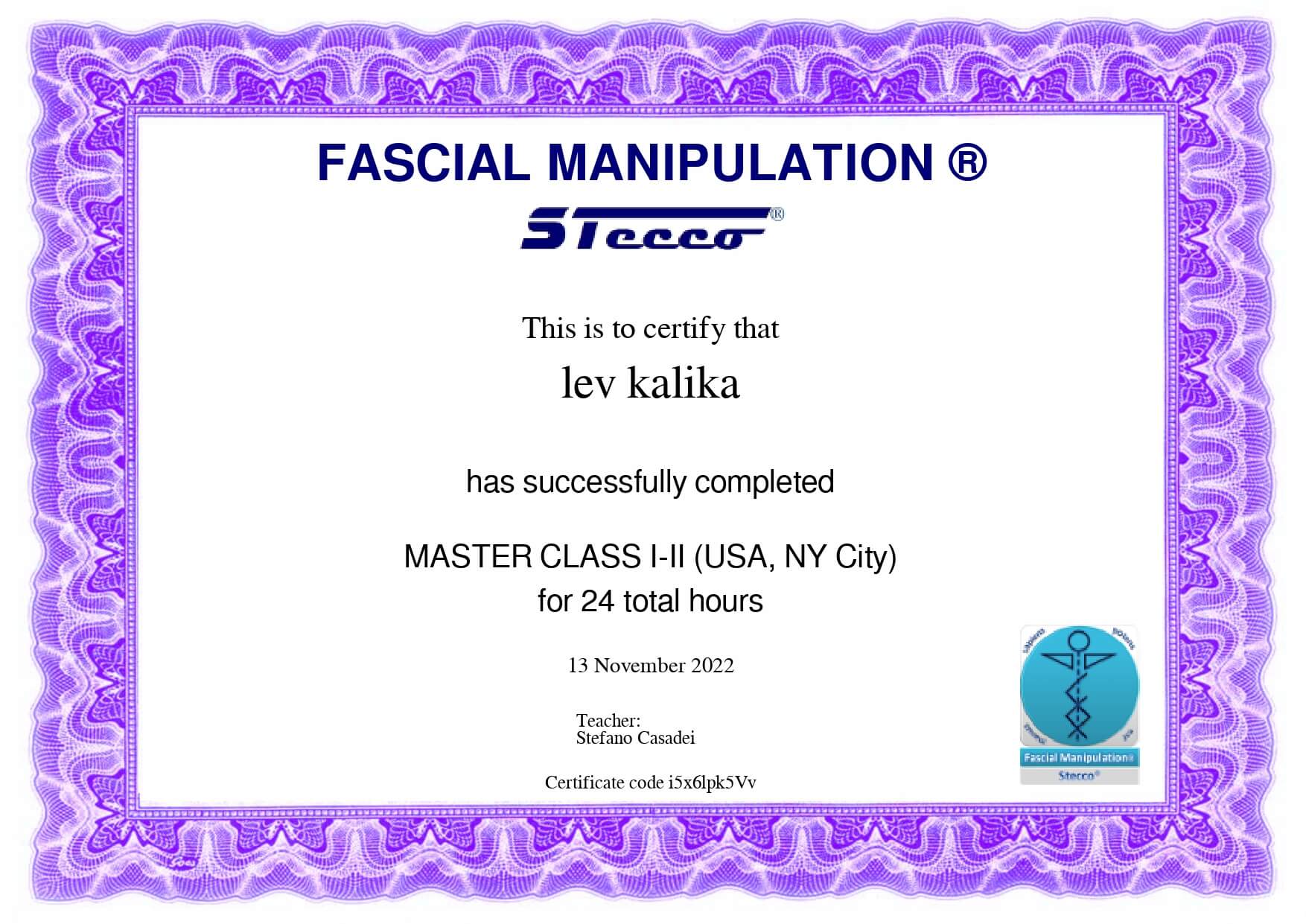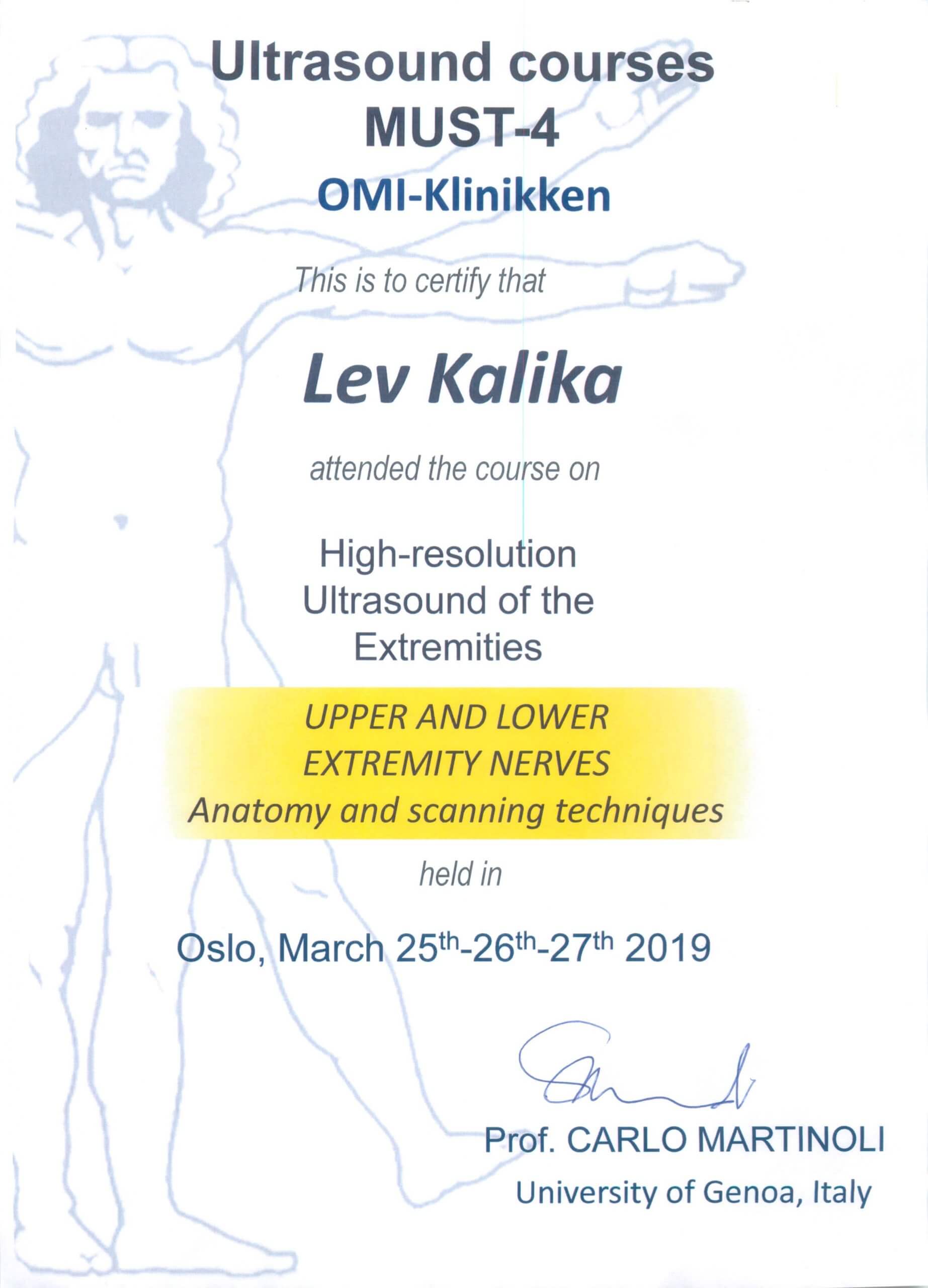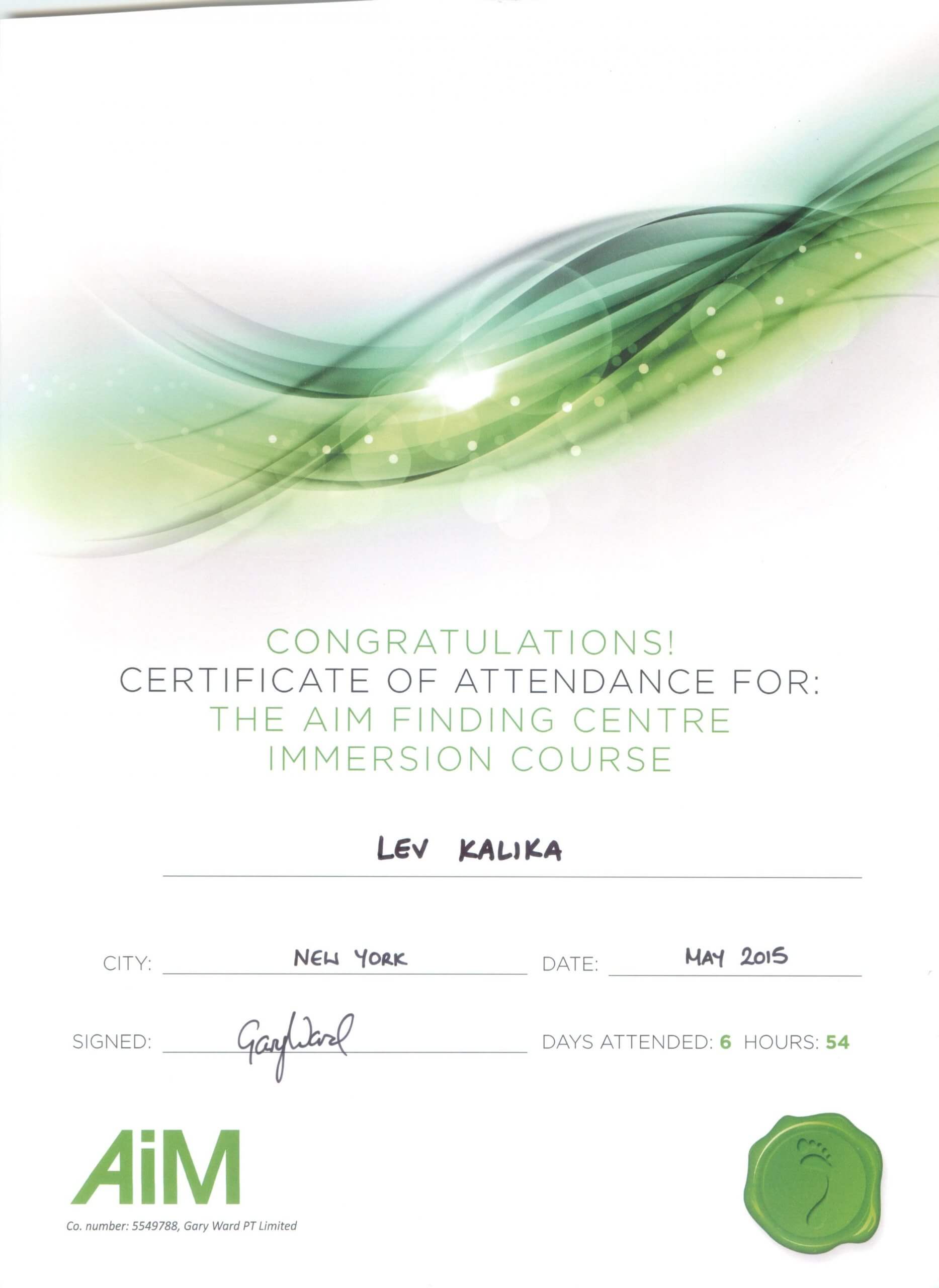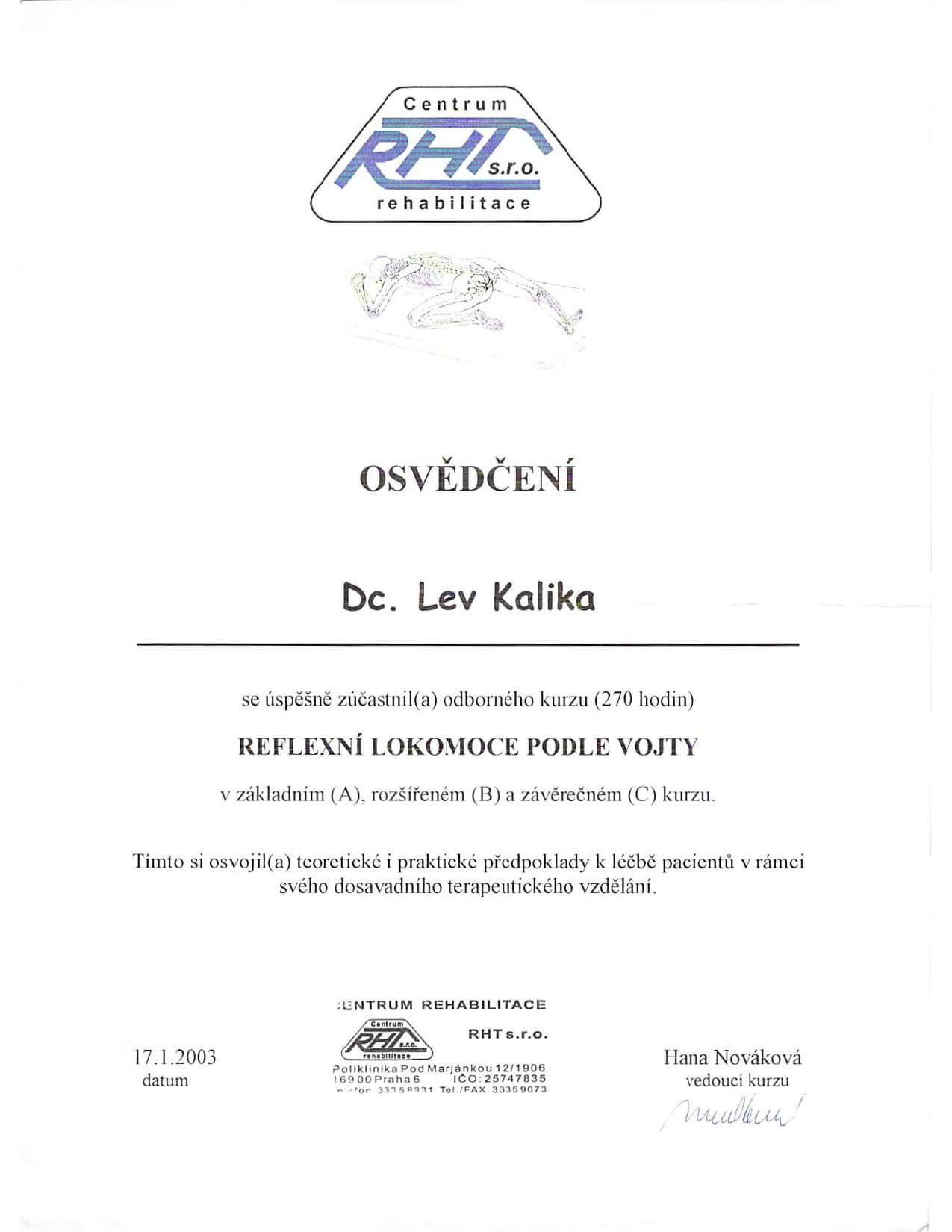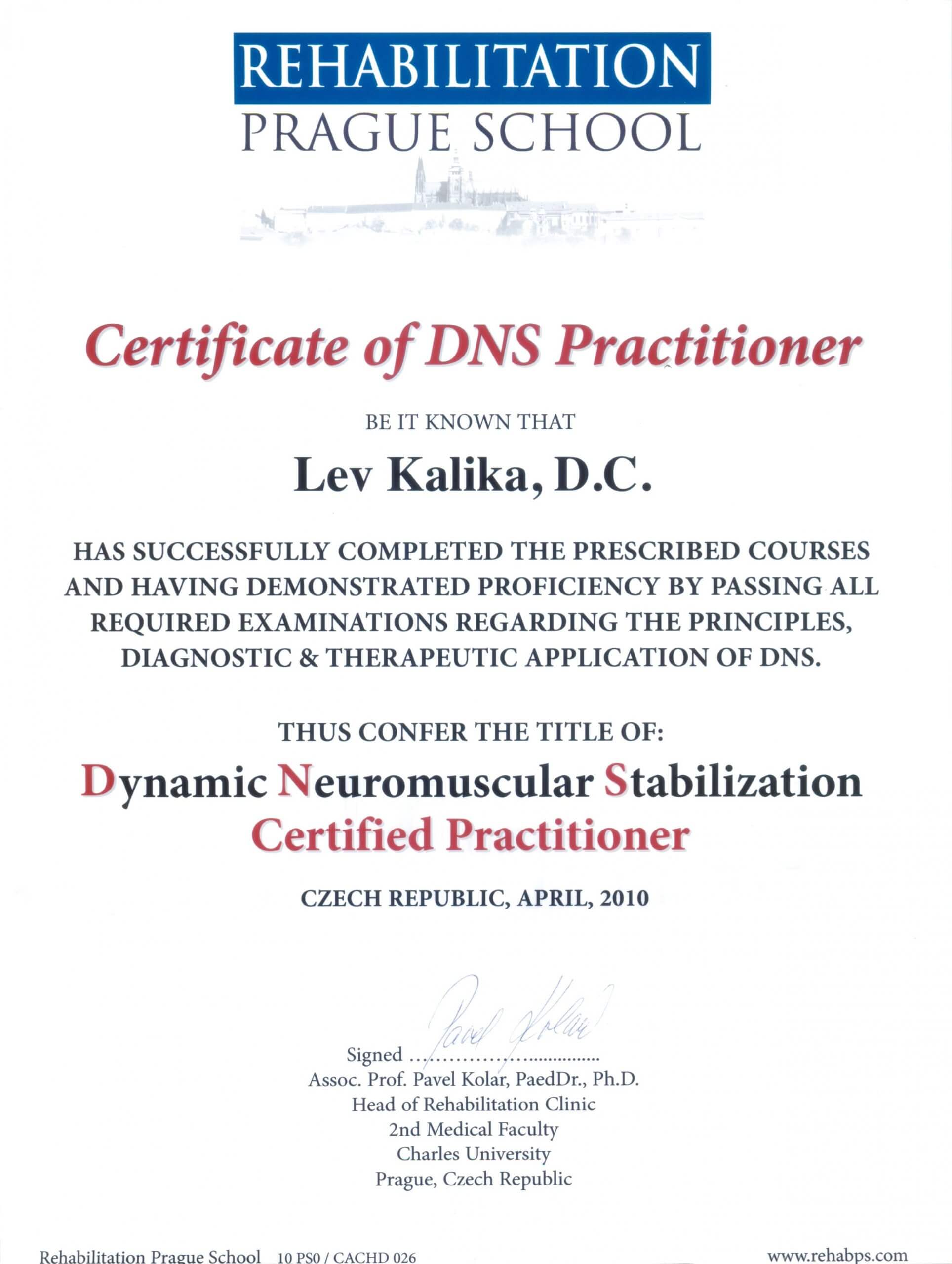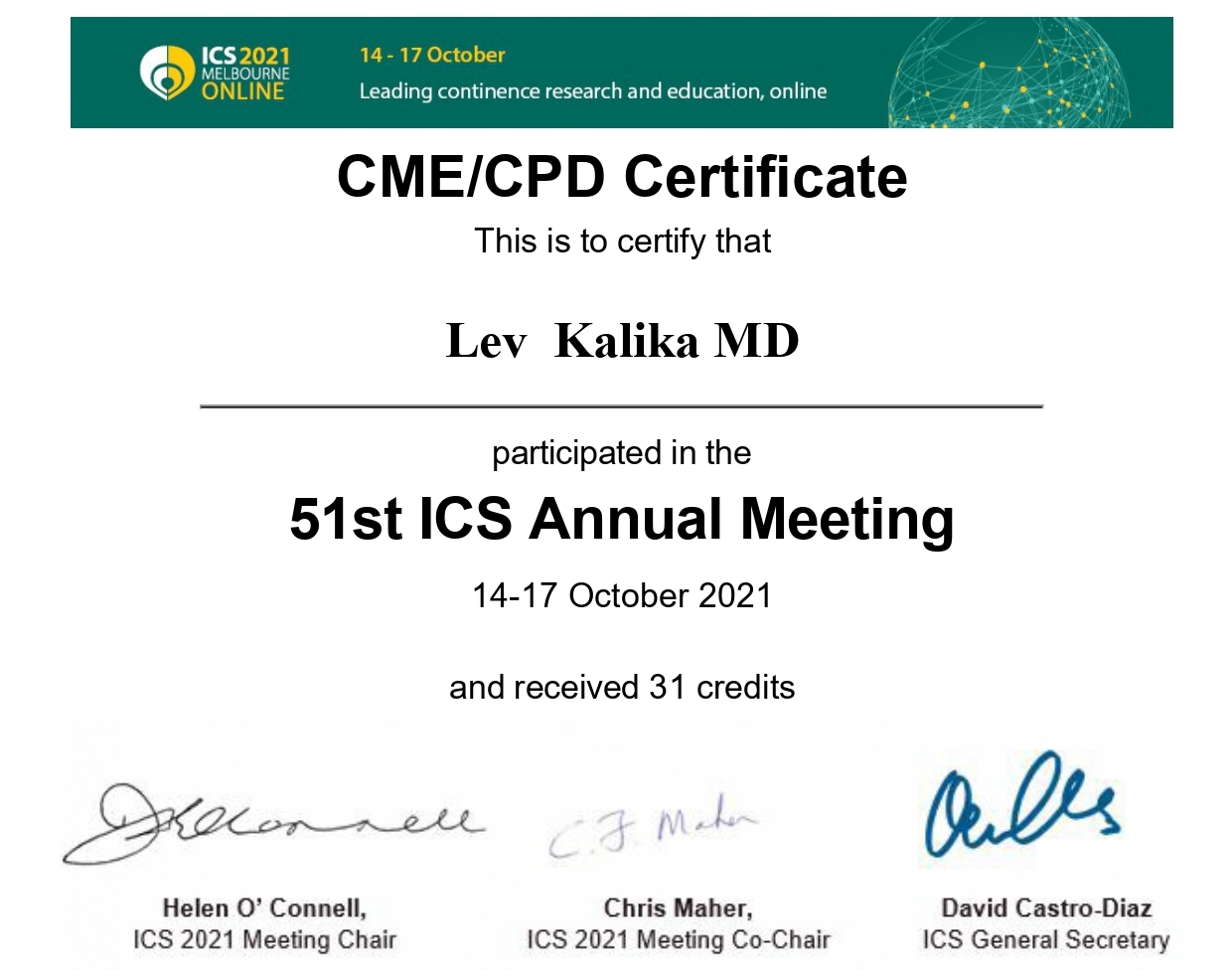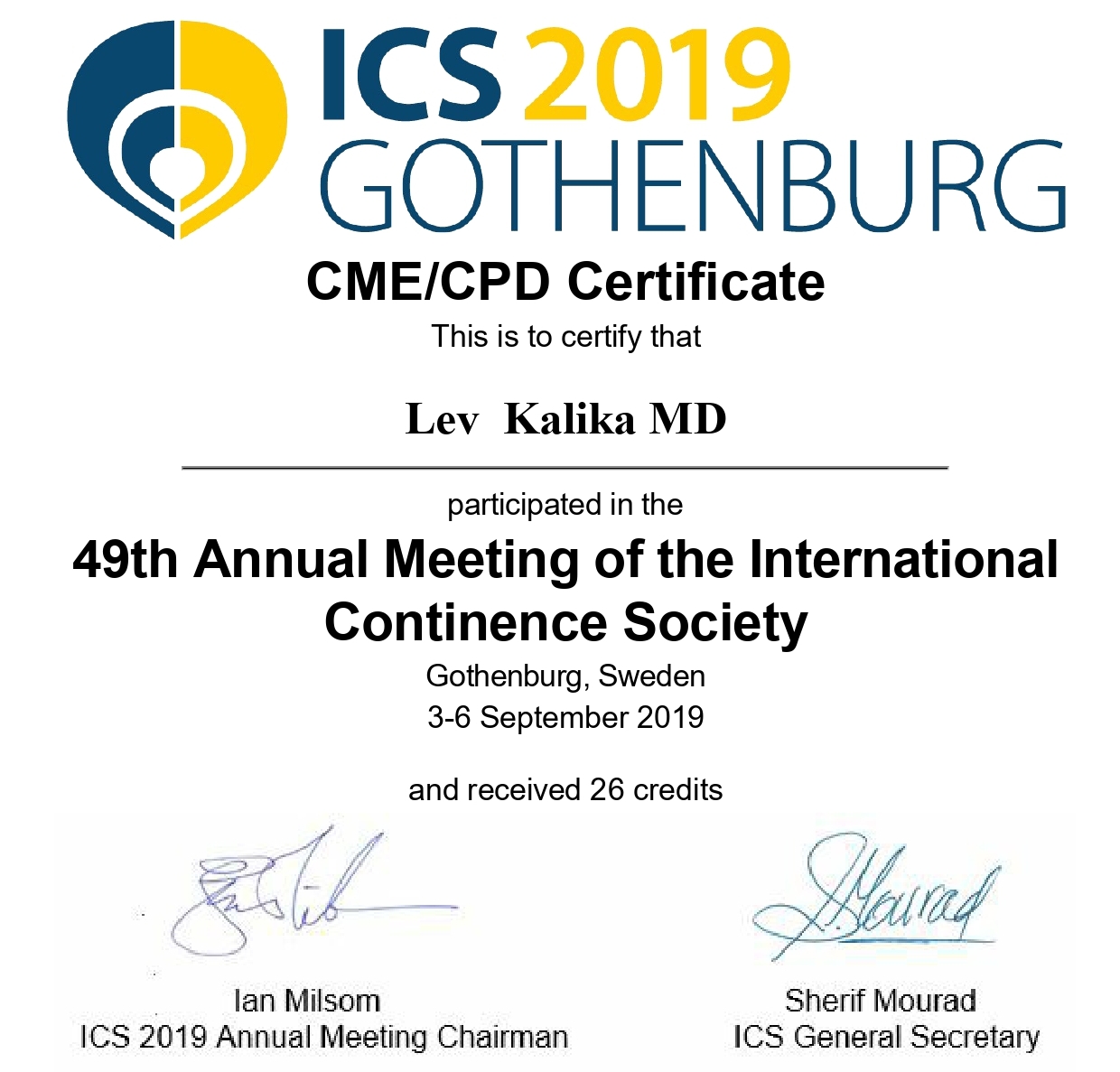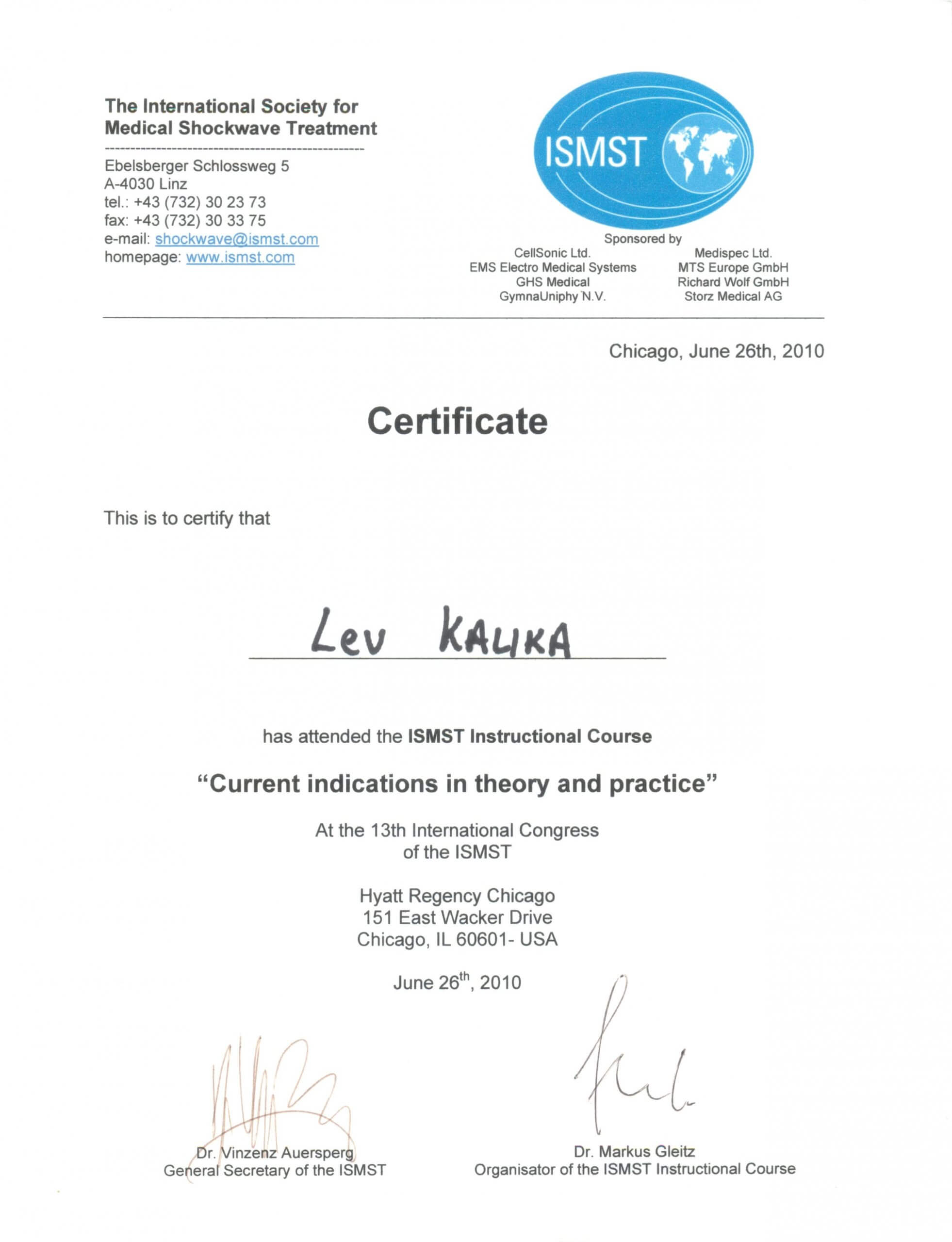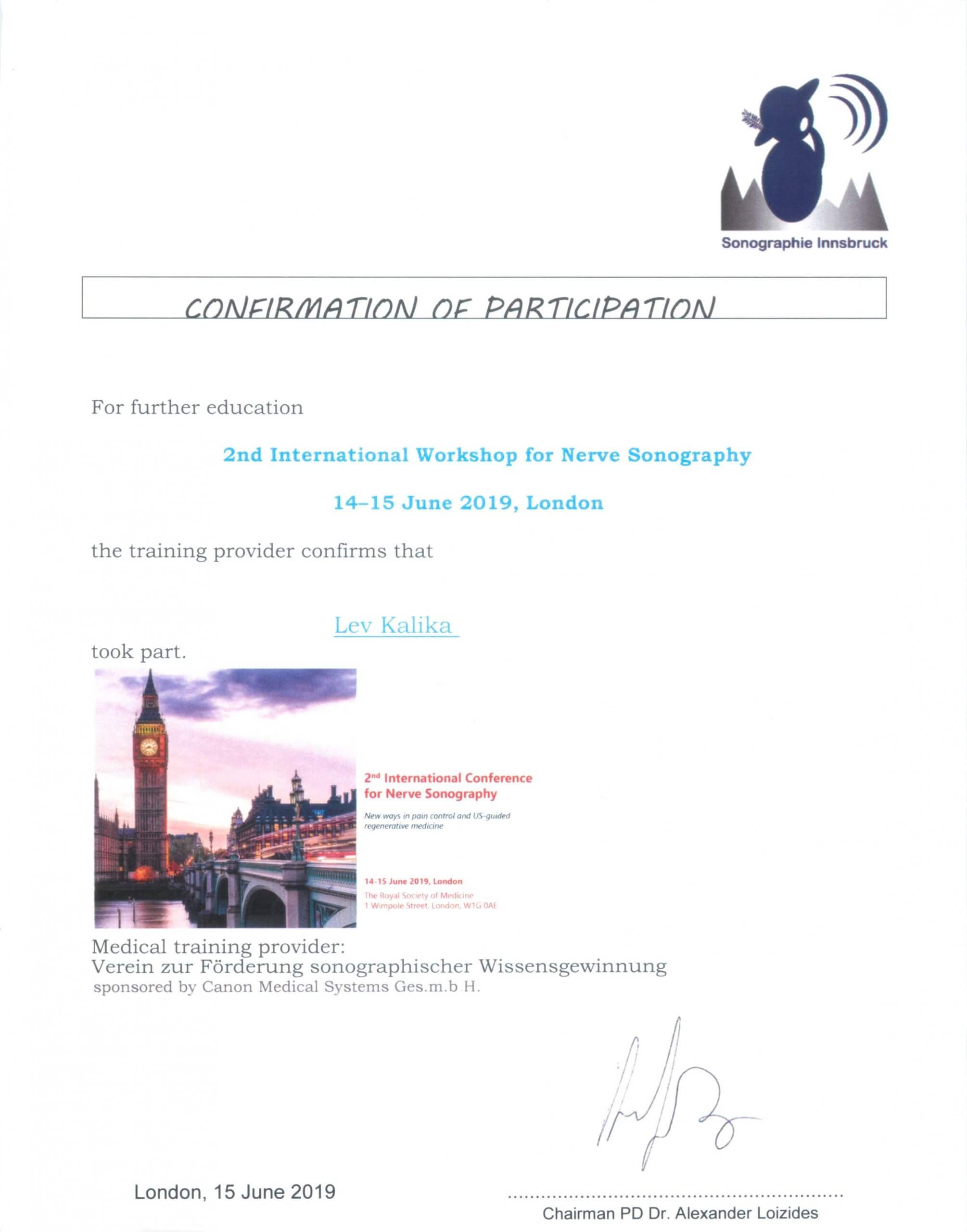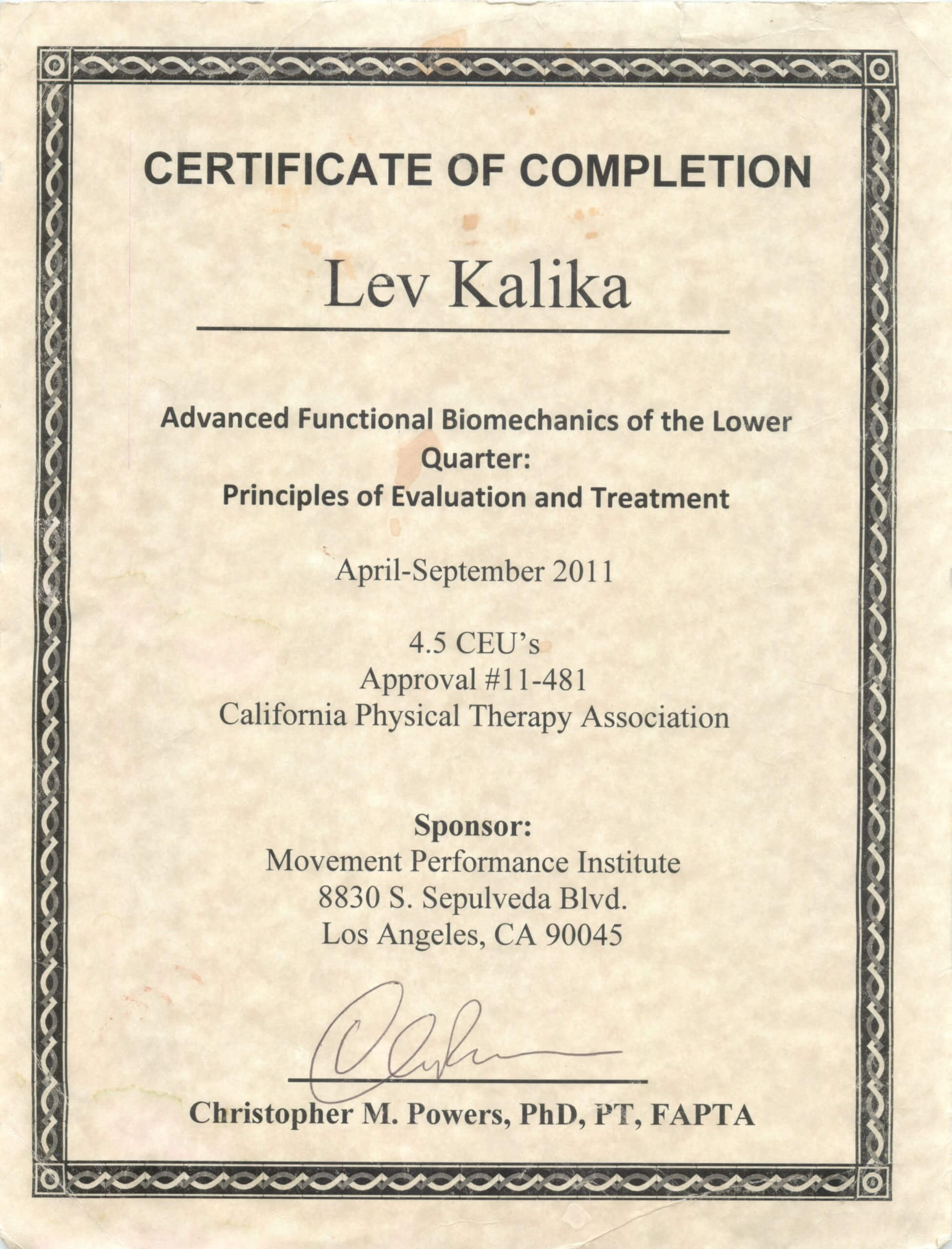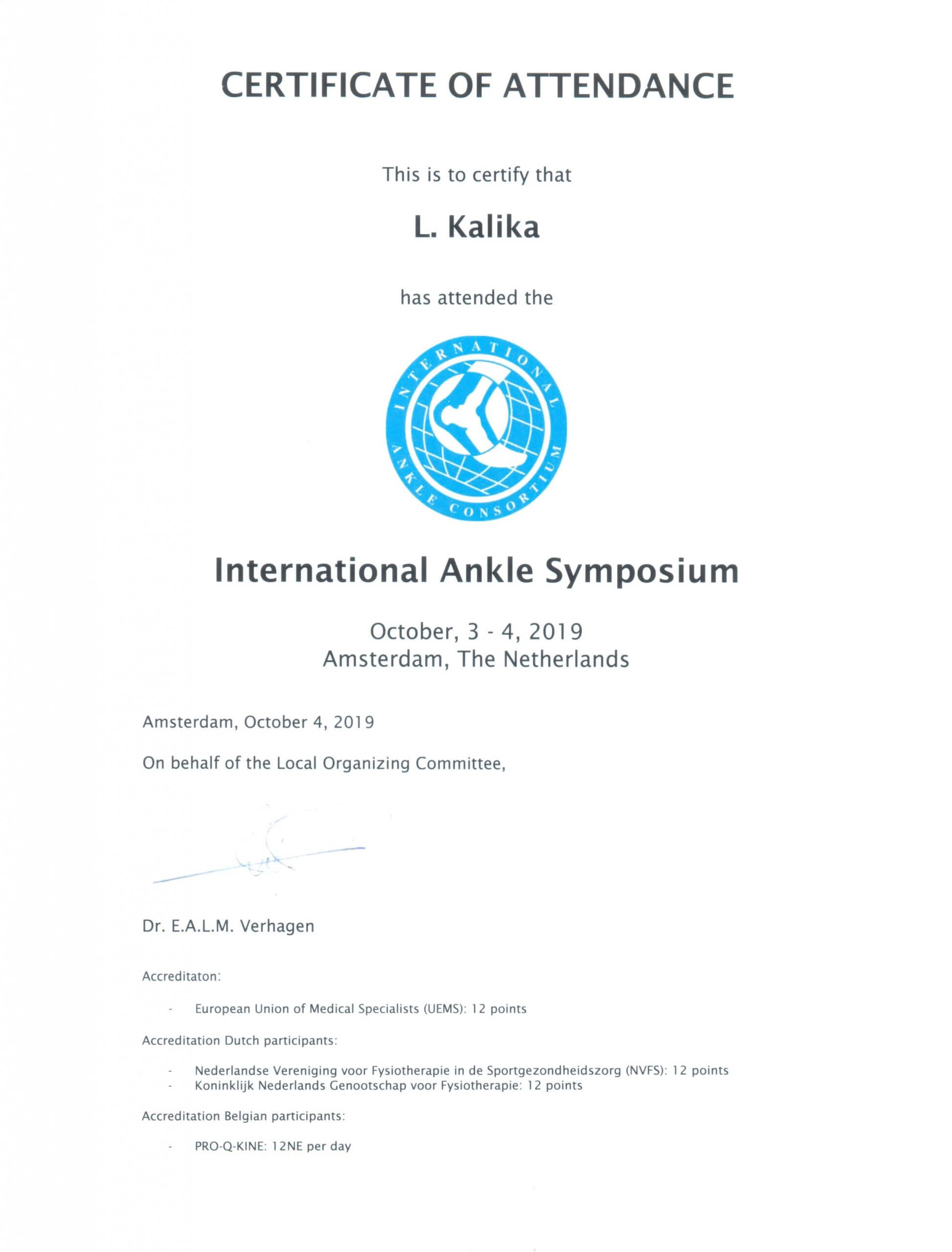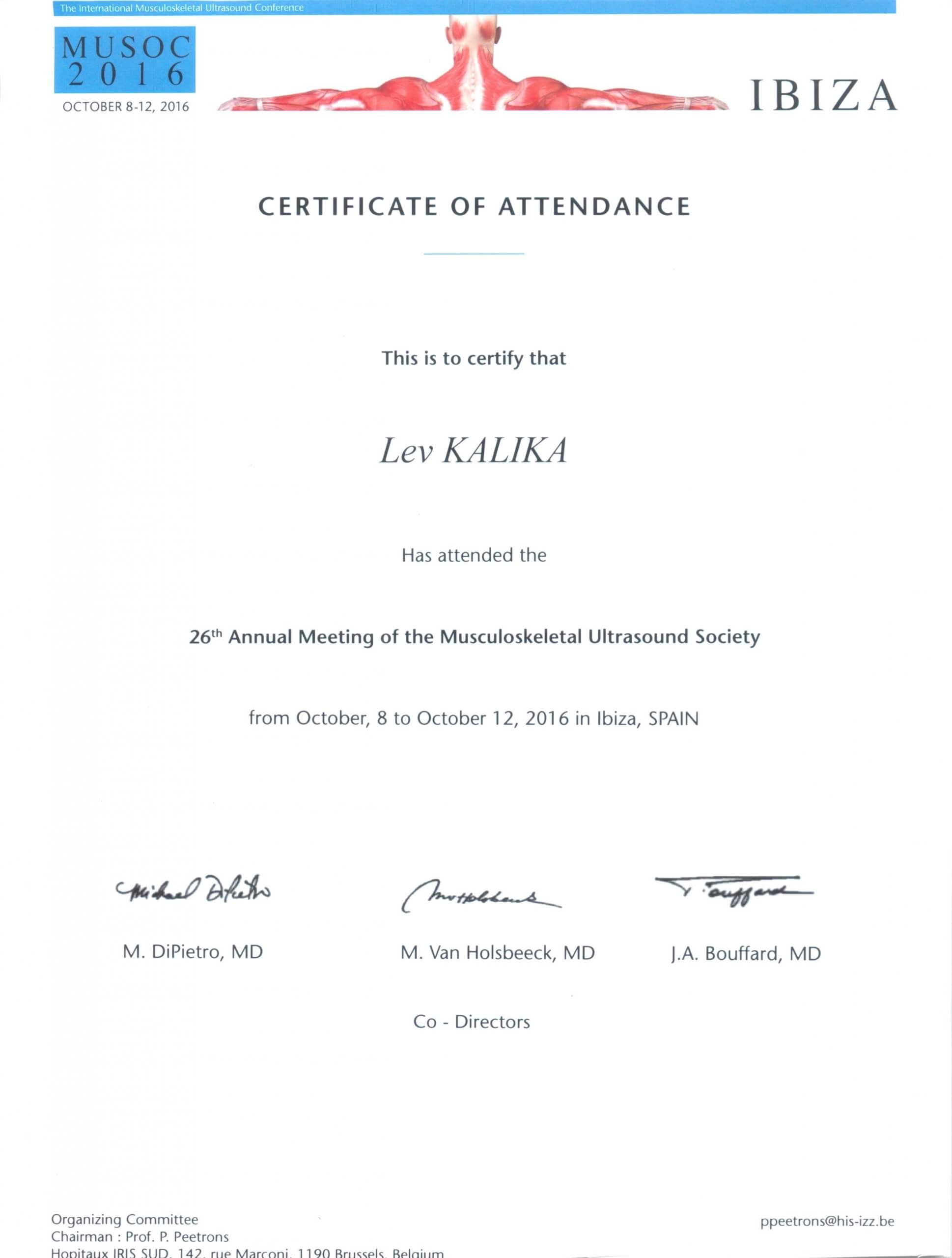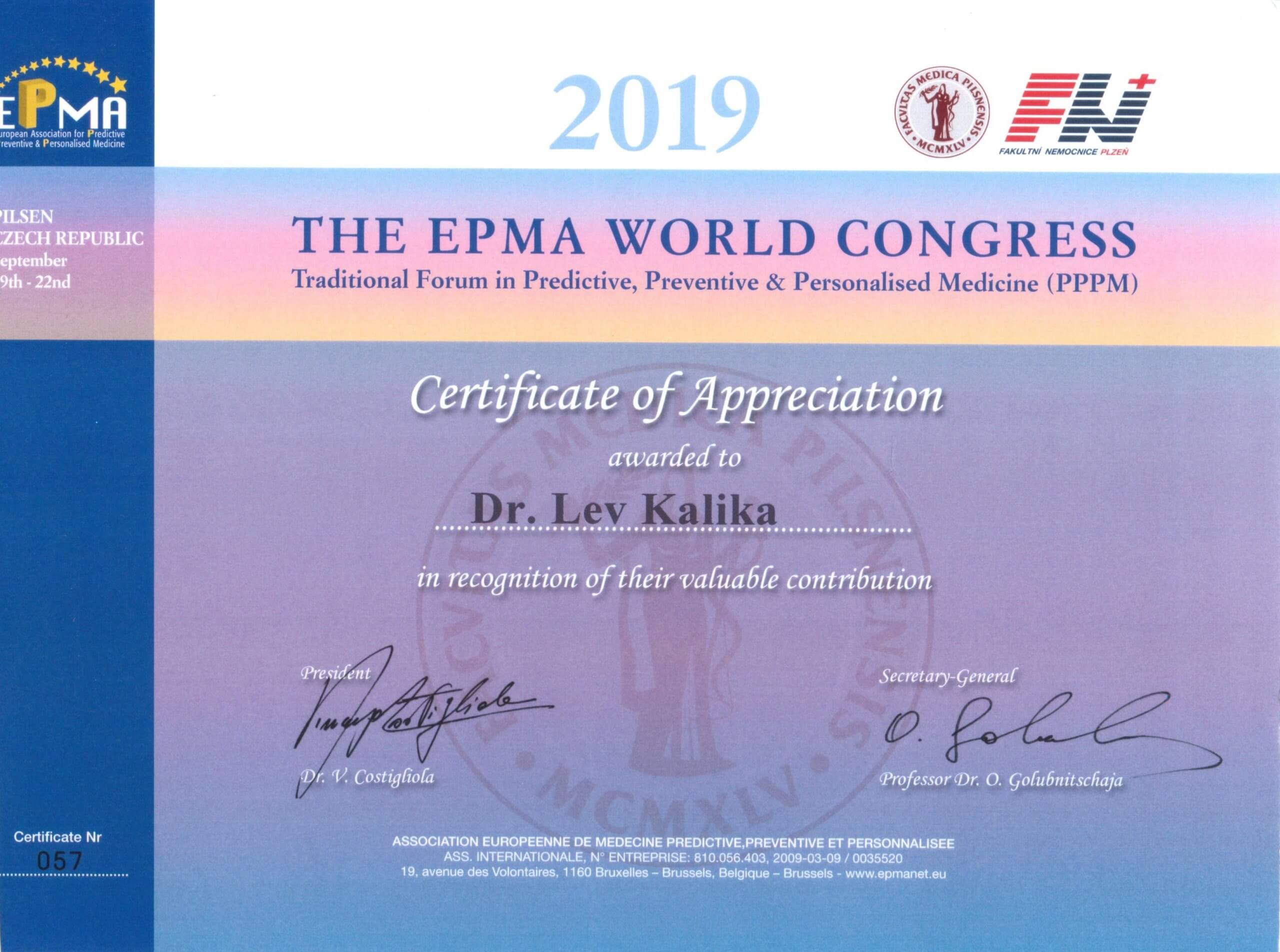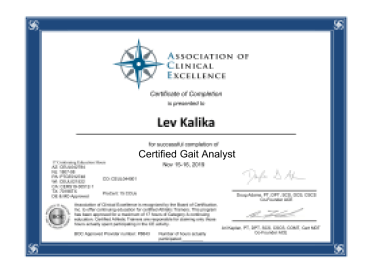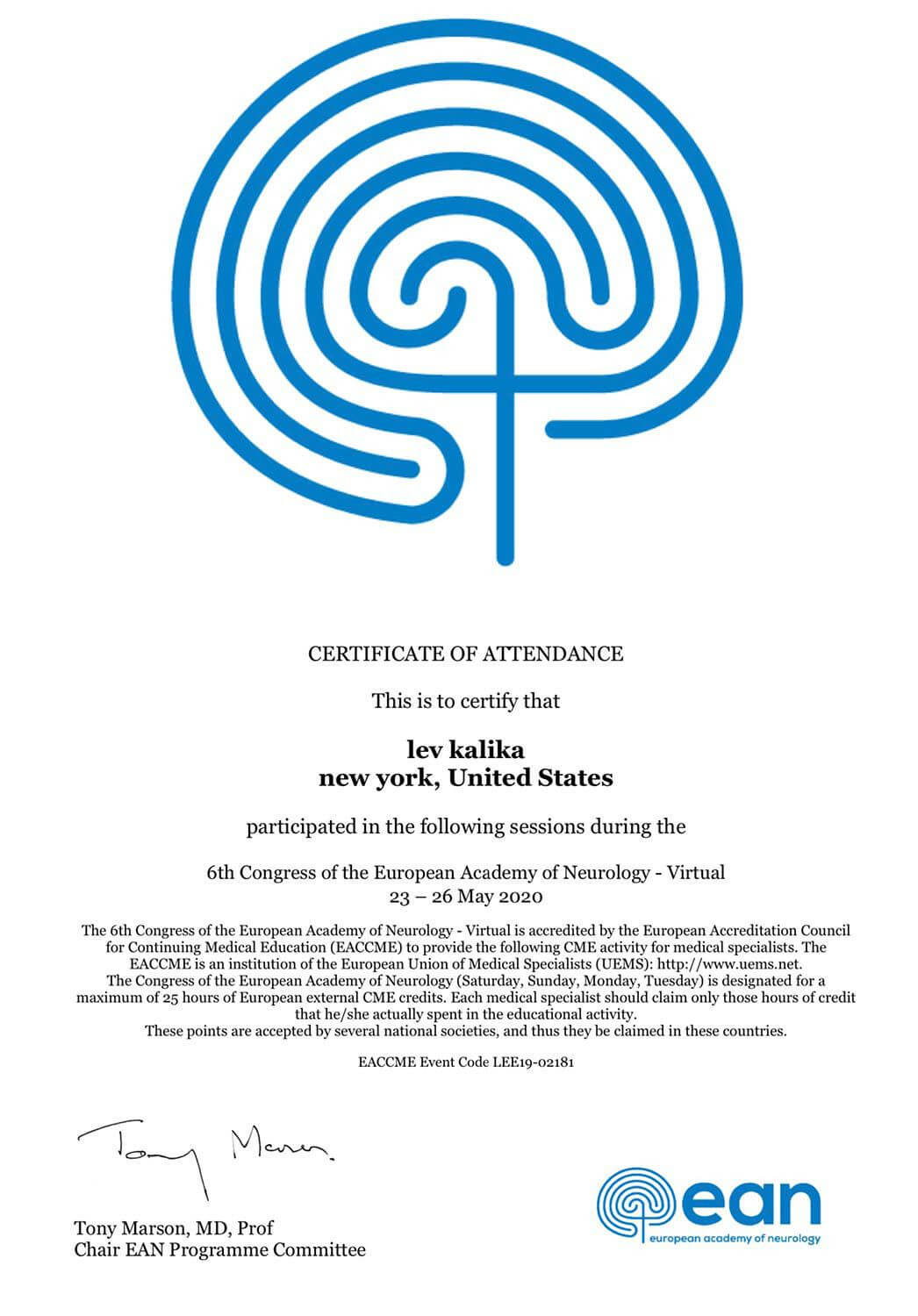Pinched ulnar nerve treatment is a method of treating ulnar nerve compression in which one of the major nerves of the arm becomes pinched. Originating from a series of spinal nerves in the neck, the ulnar nerve travels through the upper arm, past a shallow groove in the inner elbow, down into the forearm, hand, and fingers. The ulna nerve supplies sensation to the forearm, a small section of the palm, the little finger, and about half of the ring finger.
Because of its importance to the body, damage to the ulnar nerve can have nasty repercussions. When pressure is placed on the nerve, whether because of a direct blow to the elbow or damage and inflammation of surrounding tissue, the ulnar nerve may become compressed, resulting in the condition known as ulnar nerve compression. More often it occurs as a result of direct impact to the nerve as it passes through the inner elbow, whether due to a fall or a sudden collision with an object or person.
Other causes of ulnar nerve compression may include damage due to excessive use, excessive traction in the nerve, or muscle over-development. If the surrounding tissue swells beyond its normal proportions, the nerve may suffer from secondary compression. Bony abnormalities (such as spurs or osteophytes) within the shallow elbow groove between the olecranon and medial epicondyle are common among throwing athletes. A history of injuries to the wrist, elbow, shoulder, or upper back may also increase the likelihood of needing treatment of pinched nerve.
As with other pinched nerve conditions, symptoms of pinched ulnar nerve may develop suddenly or gradually. The individual may experience pain along the back of the elbow or forearm, numbness, or burning. Firmly pressing or tapping the nerve on the elbow may create a feeling of tenderness and an increase in symptoms. In the more extreme cases, a patient will also experience weakness of the hand and fingers. In the cases where the ulnar nerve is pinched as a result of inflammation, symptoms may be exacerbated at night or when first getting out of bed.
Treatment for pinched nerve in elbow and arm is largely determined by the willingness of the patient to rest and let the body recover. A physician may recommend minimizing activities that place huge amounts of stress on the elbow and forearm, including throwing, gripping, opening jars, and playing racquet sports. Resting from these labors ensures that the body can heal without threat of further damage to the tissues. Once the patient can perform these tasks without pain, then the physician will assist him or her in a gradual return to the activities of daily life. However, ignoring the symptoms is likely to exacerbate existing conditions. Once the injury becomes chronic, conventional pinched nerve in elbow treatments may become useless.



